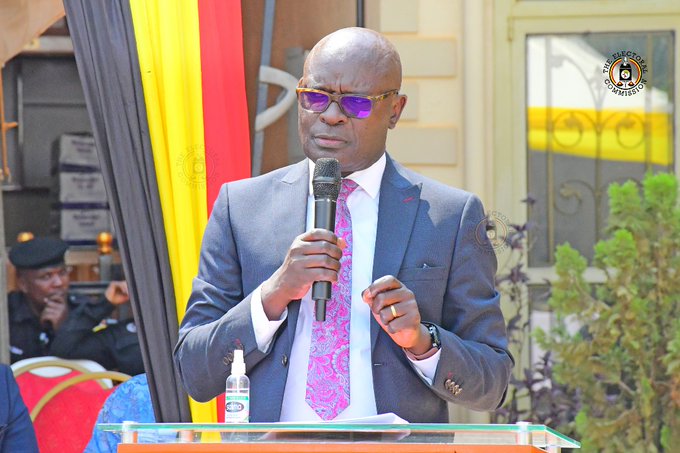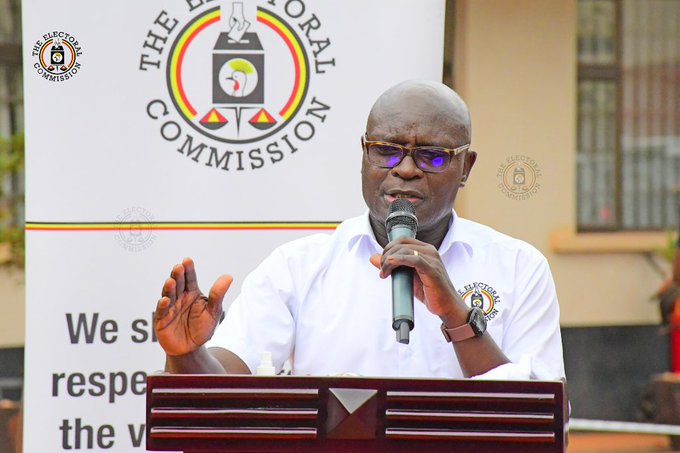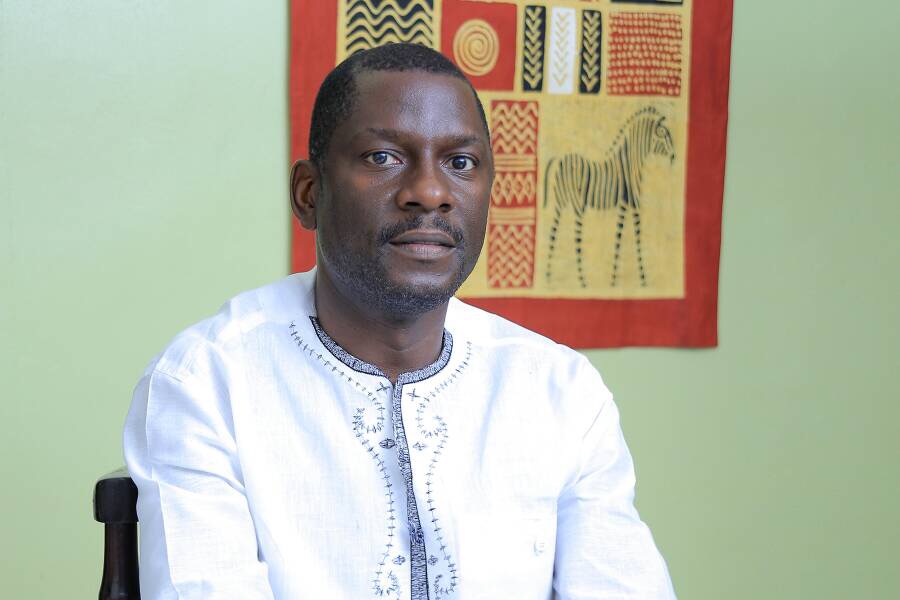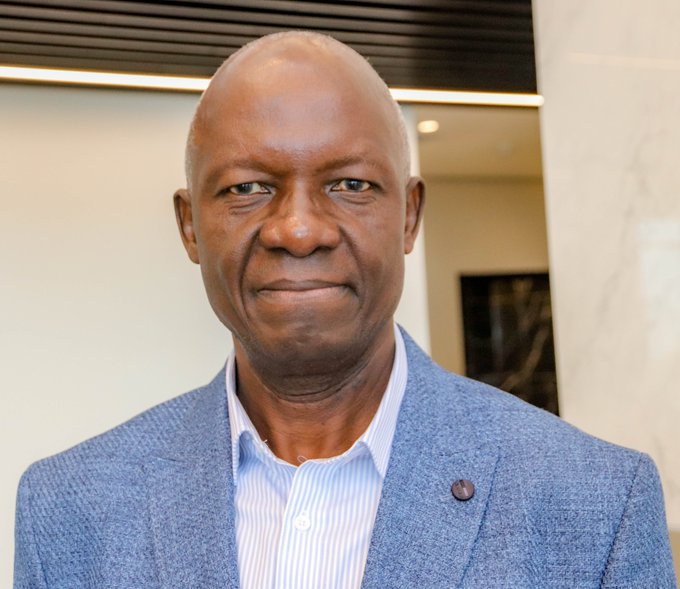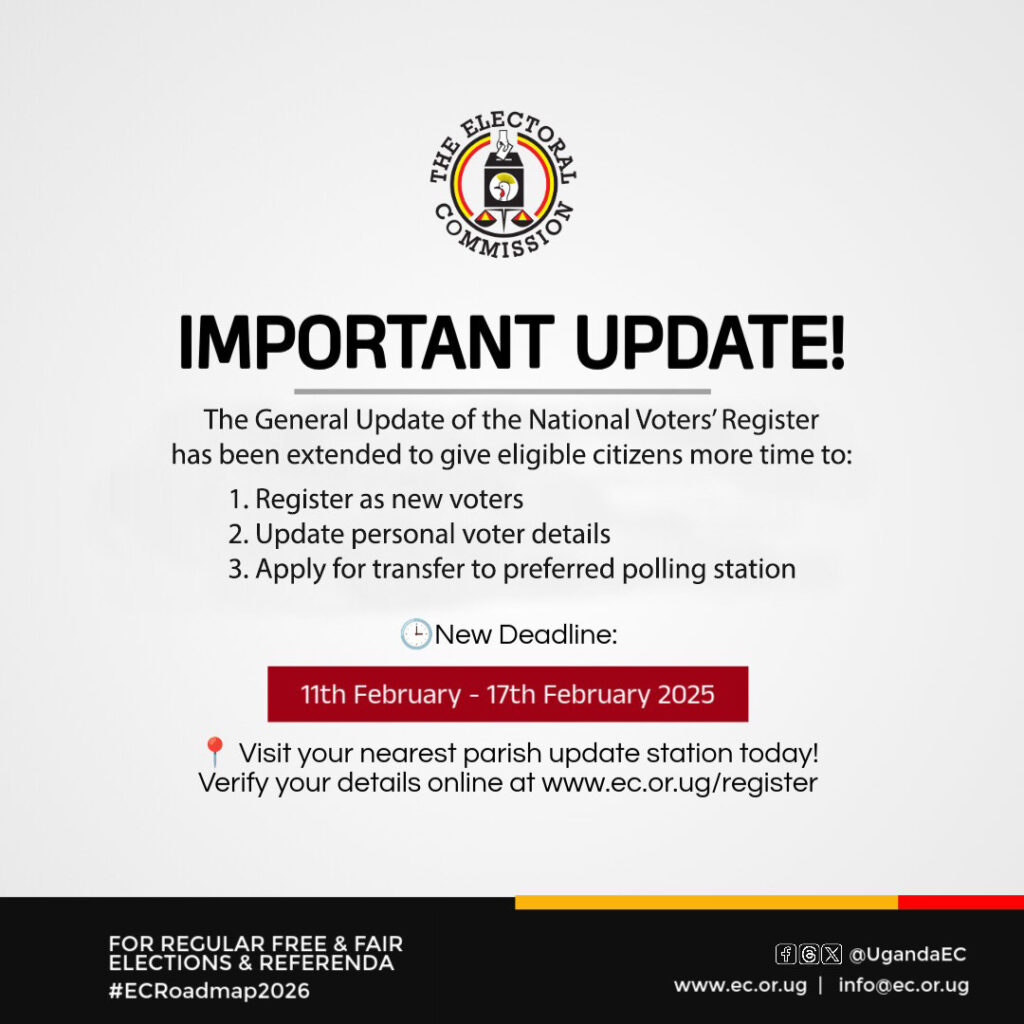Kampala, Uganda – In a swift and coordinated response, the inside story of how Uganda managed to nip the seventh outbreak of the deadly Ebola virus in the bud last year, preventing a widespread crisis, has been revealed.
The outbreak, which began on September 20, 2022, was caused by the Sudan Ebola strain and quickly prompted decisive action from the Ugandan government when it emerged in Mubende District in Central Uganda.
In an academic text titled: Continental Concerted Efforts to Control the Seventh Outbreak of Ebola Virus Disease in Uganda: The First 90 Days of the Response and published in the prestigious Journal of Public Health in Africa, the outbreak, which lasted for 69 days, recorded a total of 164 cases, including 142 confirmed cases and 22 probable cases.
Of the reported cases, 87 patients managed to recover, but sadly, 77 individuals succumbed to the virus, resulting in a case-fatality ratio of 47%.
Although the virus affected nine out of 136 districts, it only led to secondary transmission in five districts while spilling over into four districts without further transmission.

The article was co-authored by Jane Ruth Aceng who is also the Ugandan Minister of Health. Dr. Diana Atwine who is the Ministry’s Permanent Secretary, Col. Henry Kyobe Bosa the ministry’s Incident Commander, Dr. Henry Mwebesa, the Ministry’s Director General of Health Services, and other health experts who include Neema Kamara, Howard Nyika, Katusiime Maureen, Charles Olaro, Atek Kagirita, Mohammed Larmode, Lul Pout Riek, Elvis Temfack, Stephanie Salyer, Dativa Aliddeki, Shingai Machingaidze, Festo Mazuguni, Bruce Kirenga, Winters Muttamba, Misaki Wayengera, Mudashir Bbuye, Arthur Kasambula, Daniel Eurien, Akello Grace, Ingrid Ampaire, Isabirye Herbert, Mathew Tut, Donewell Bangure, Wessam Mankoula, Ibrahima Sonko, Alinon Nouwame Kokou, Simon Magodi, Addis Mhiraf, Daniel Bulwadda, Daniel Kyabayinze, Zainah Kabami, Allan Muruta, Rony Bahatungire, Upentho George, Susan Nabbada, Gloria Birungi, Kabanda Richard, Merawi Aragaw, Ahmed Ogwell Ouma.
Upon the confirmation of a case at Mubende Regional Referral Hospital, the Ugandan authorities immediately activated the national incident management system to initiate response activities.
They also convened a multi-country emergency stakeholder meeting in Kampala, bringing together Ministers of Health from neighboring Member States to enhance cross-border preparedness and response actions.
To contain the outbreak, the government launched an extensive community mobilization effort and initiated an assessment of medical countermeasures, including therapeutics, new diagnostics, and vaccines.
“Within just one week of the outbreak, approval was granted for a ring vaccination trial involving three candidate vaccines,” reads the article.
Under the leadership of a Principal Investigator collaborating with the Ministry of Health, an expert investigation team was promptly assembled to initiate the trial.
According to the information provided in the article, a trial was executed by the Makerere University Lung Institute, with crucial support from the World Health Organization (WHO) and a dedicated team of scientists who had prior experience in managing Ebola outbreaks.

Remarkably, the entire trial, from conception to implementation, obtained all necessary ethical and regulatory approvals in a mere nine weeks following the initial outbreak announcement.
Leveraging the knowledge and infrastructure established during the fight against COVID-19, Uganda demonstrated its agility by facilitating various trial processes, including logistics, staff recruitment, training, and deployment, thus contributing to the ongoing efforts to combat this deadly disease.
Ebola in Africa
The authors reveal that over the last decade, Africa has experienced 14 outbreaks of Ebola virus disease, resulting in over 30,000 cases and 13,000 deaths in eight countries. Uganda, in particular, has faced seven outbreaks, with four of them attributed to the Sudan species of the Ebola virus.
“Uganda has been actively working to strengthen its response capabilities. Initiatives include the establishment of a national disaster preparedness and management policy, the creation of a public health emergency operations center, and the development of various public health emergency policies, plans, and guidelines.”

However, the authors write, that the country has consistently evaluated its International Health Regulations (IHR) core capacities for prevention, detection, and response to identify areas for improvement.
“The response to the seventh Ebola outbreak in Uganda was characterized by cross-border coordination and collaboration,” they reveal.
How Uganda did it
The article further reveals that the Uganda Ministry of Health repurposed existing COVID-19 response structures to manage the situation, with a National Task Force providing strategic direction and coordination of partners. An Incident Management Team was also activated to handle day-to-day response activities.
Surveillance played a crucial role in identifying cases and monitoring disease patterns and trends. Contacts were meticulously traced and managed, with a contact follow-up rate of 100%. Uganda benefited from the East African Public Health Laboratory Network, which enabled the rapid deployment of a mobile laboratory to reduce testing turnaround times.

To ensure accurate information dissemination and community engagement, Uganda adopted a dynamic social listening approach. Local leadership at various levels conducted community gatherings to address concerns and provide correct information to build trust in the response system.
The article mentions that patient management was a priority, with Ebola treatment units set up to manage suspected and confirmed cases.
“Mortality surveillance was implemented to identify all deaths in response districts, allowing for real-time detection and informed decision-making,” reads the article.
Further, the safe handling and dignified burials were critical in reducing the risk of virus transmission. Over 350 burial teams were trained, and protocols were followed to ensure the safety of families and communities.
In terms of therapeutics, Uganda approved investigational treatments for compassionate use, allowing patients to access these treatments within two weeks of the outbreak’s declaration.
Challenges and Key Strategies to Control the Outbreak
First, the article says the high prevalence of malaria in Uganda led to an overlap in symptoms with early-phase Ebola illness. This delayed the identification of Ebola cases, leading to poorer outcomes. Healthcare providers initially had a higher suspicion of malaria than Ebola. Sensitization and notifications improved healthcare worker and community awareness of Ebola clinical signs.
Second, was the lack of a centralized resource management pool. The country faced challenges in managing financial, infrastructural, and human resources due to the concurrent presence of the COVID-19 pandemic and other public health problems. The authors recommend that a transparent accountability system for resource management is needed to gain the trust of partners and stakeholders when future outbreaks occur.

Third, the lack of approved therapeutics and vaccines for the Sudan Ebola Virus made it challenging to contain it quickly. The authors contend that there were no vaccines or therapeutics that were approved for the Sudan Ebola virus strain.
“Although supportive care was prioritized, there is a need for the accelerated development and deployment of therapeutics, vaccines, and diagnostics for the Sudan Ebola strain to improve patient outcomes in future outbreaks,” they write.
Other challenges during the outbreak included patients escaping treatment centers, contacts relocating, and stigmatization, necessitating enhanced risk communication, community engagement, support for survivors’ needs, and improved community monitoring.
“The late outbreak detection highlighted the importance of strengthening early warning systems and healthcare workers’ awareness of Ebola case definitions and reporting,” they write.
The authors add that inadequate health infrastructure and low healthcare worker compliance with infection prevention and control measures, due to limited treatment centers, emphasized the need for comprehensive IPC programs in preparation for future outbreaks.
For more details on this paper, click here:



